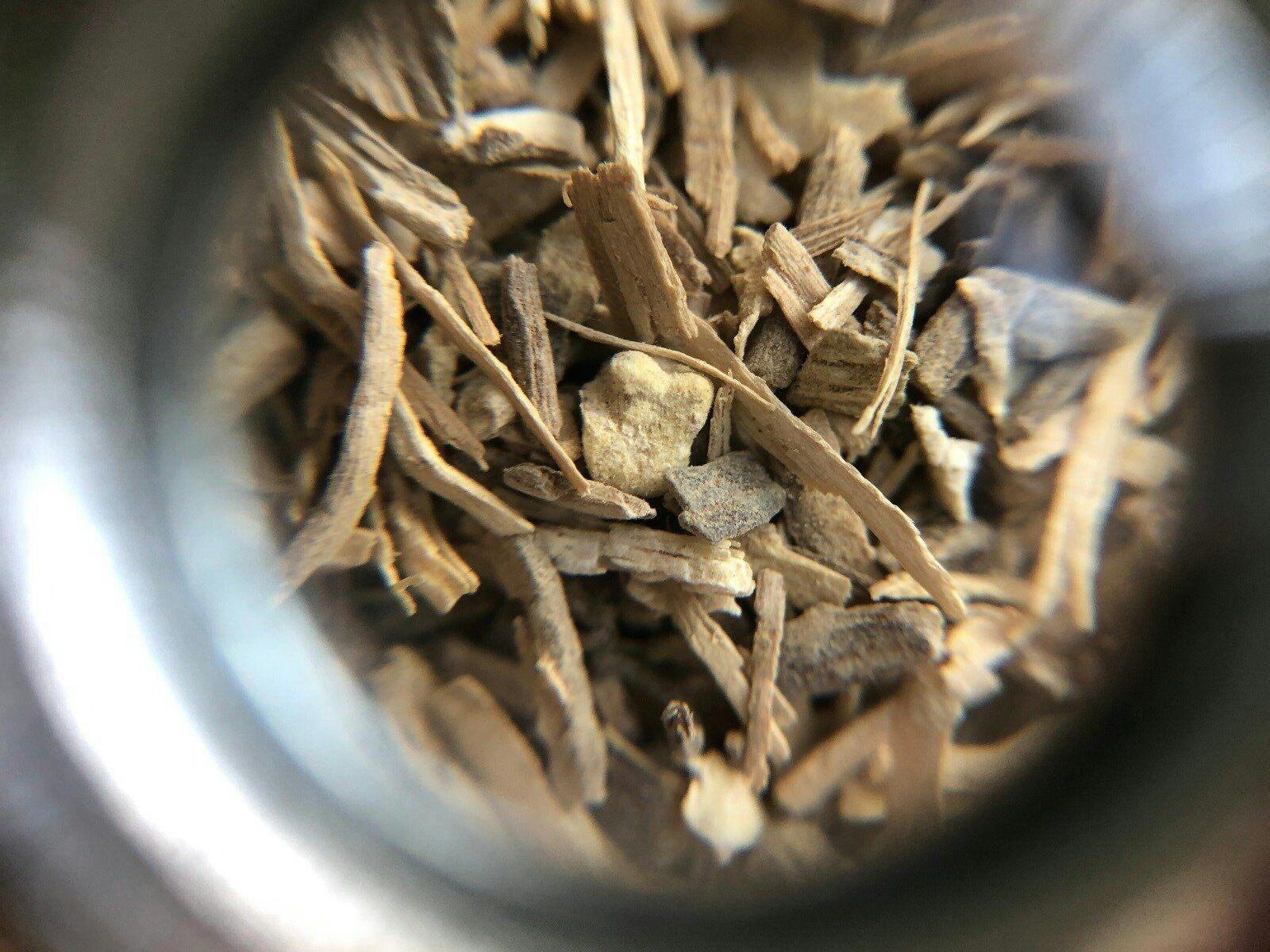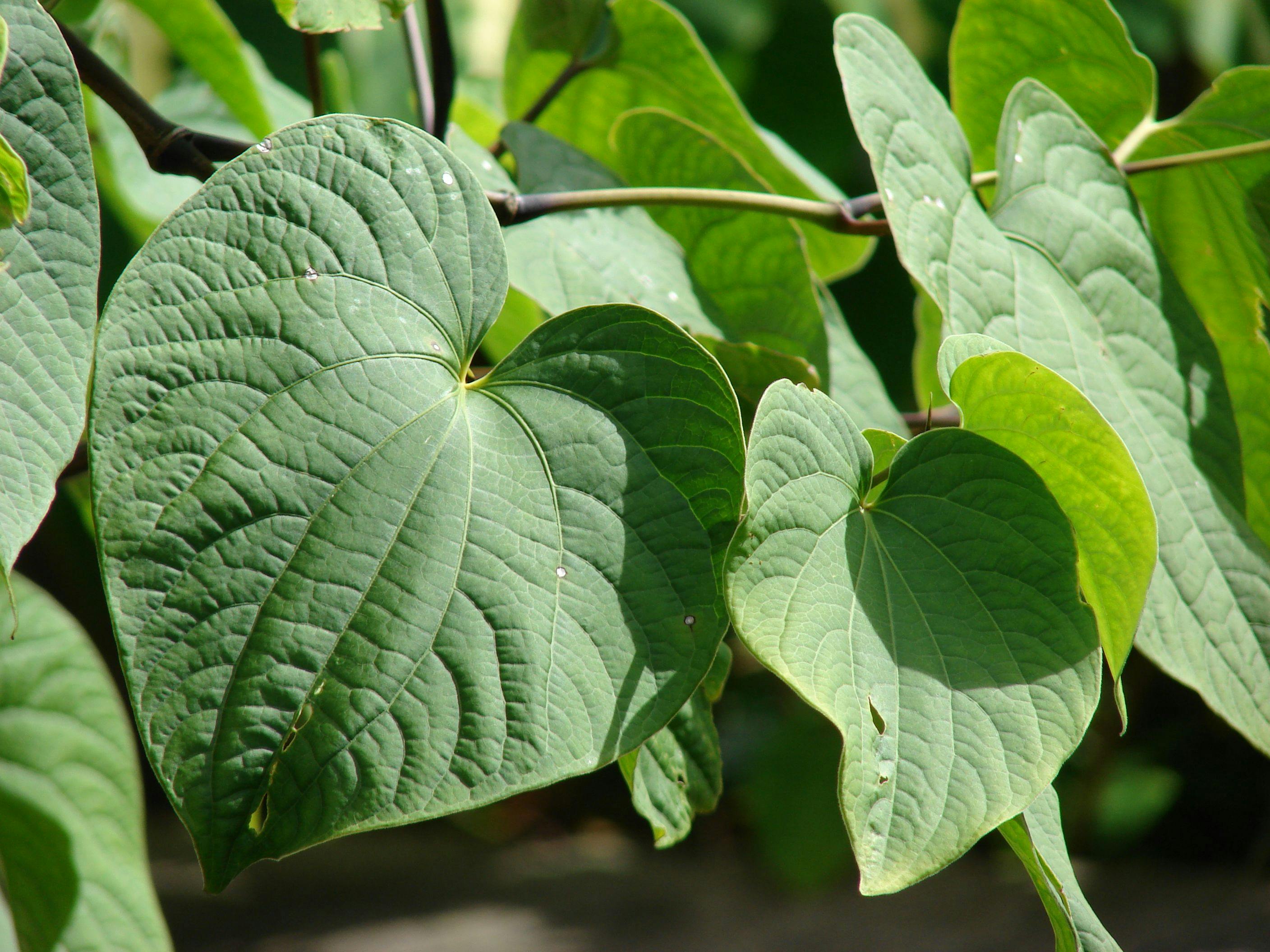I tried kava several years ago in New Zealand. A Fijian friend of mine imported powdered kava root from her homeland and was supplying kits with a coconut shell and a muslin cloth for straining water through the powdered root. I began sipping half a shell full of this solution and immediately noticed a tingling/numb sensation in my lips, tongue and the back of my throat. This sensation lessened over the course of 20 minutes or so. The only other effects I noticed was very mild sedation akin to the relaxing effects following the consumption of approximately 1-2 alcoholic beverages. As this was late at night, I slept soon after so cannot comment on the duration of these effects. The consistency of the solution was muddy, and it tasted earthy.
Core
Effects have been reported to be felt approximately 30 minutes after ingestion and include numbness of the mouth and throat, heaviness/weakness of the legs causing the loss of the ability to coordinate muscular movements, and a stupor from which subjects are easily roused. These effects may exist several hours after use, and appear to be heavily dose-dependent, however this would need to be confirmed and quantified through pharmacokinetic profiling. Regarding ataxia, the authors and panel failed to come to a consensus on whether these effects are in fact attributable to kava, or from sitting cross-legged in a ceremony for what may be several hours. A series of experiments in guinea pigs, mice and rabbits found that four of the six established kavalactones (a class of lactone compounds found in the kava shrub) did indeed produce ataxia and ascending paralysis at high doses.
This session provided a comprehensive and well-rounded snapshot of the ethnopharmacology of Piper methysticum, or kava. Kava, meaning "pungent, bitter" in several interrelated dialects, and also known by a number of related names locally, is a perennial shrub endemic to Oceania, and thought to have been domesticated from New Guinea or Indonesia. It has been a cornerstone of most Polynesian, Melanesian, and some Micronesian societies, for hundreds, if not thousands, of years. These days, its cultivation and use remains most prevalent in Fiji, Vanuatu, American Samoa, Samoa, and Tonga. Traditionally used ceremonially, kava had a place at almost every important social occasion such as welcoming someone to the village, celebrating life and death, and at village meetings. The precise origins of kava, and how it is used, appear to be largely based on mythology. For example, in Western Samoa, almost every aspect of a kava ceremony encompasses the story of the first Samoan high chief Tangaloa Ui who gathered and shared kava with a mortal villager, whose son he had just killed for disobedience. Instead of drinking kava, Tangaloa Ui poured it out over the dead child's body and he was resurrected.
The distinct preparation, administration, and usage of kava differs between islands and villages, and this has changed over time. Fundamentally, a kava infusion is prepared by mixing pulverized kava root and rhizomes with water. This mixing is traditionally done by hand in a large wooden bowl and then strained several times, traditionally with a hibiscus fibre strainer. The resultant solution is then distributed to drinkers in cups fashioned from polished coconut shell. The order of drinking in formal ceremonies, and inclusion of participants, whether they be drinkers or assistants, follows strict rules based on social hierarchies.
The pharmacological activity of kava was reported to vary greatly between fresh and dry root, and whether the kava had been pre-masticated. These factors likely account for the incongruities. Despite dried root almost exclusively being used in contemporary societies, in some places, fresh kava root is first chewed, often by preadolescent males, and the drink prepared from that product. Different hypotheses as to the reported increased potency of kava prepared in this way exist, however presumably salivary enzymes cause chemical changes to the kava prior to mixing with water; or perhaps the mechanical breakdown of the product by the teeth, versus grinding, further increases the surface area available for gastrointestinal absorption.

Early reports from missionaries described scaly skin among chronic users in Samoa. This has also been reported in some human experiments, however there does not appear to yet be an established cause or mechanism. Similarly, in a clinical trial exploring anti-epileptic properties of kava, yellowing of the skin following high doses and/or chronic administration of extracts and crude root were also reported. One explanation is that known active constituents of kava, which are highly lipid soluble, deposit in keratin. However, one must also question whether this is from liver toxicity as it was serious enough for the aforementioned clinical trial to be terminated. Regarding adverse effects, toxicological studies need to have been performed which is lacking in this research. Another hypothesis is that the observed toxicity was attributable to alcohol and acetone extractions of kava, rather than water extracts used in traditional contexts.
Polynesians have been purported to use Kava to induce abortion, treat gonorrhea and to reduce chills. The use as an abortive was not explored by our authors and the limited experimentation involving smooth muscle would not appear to support this, so further research regarding modulation of smooth muscle activity is required. Further research is also required into the purported antibacterial and antipyretic properties.
Six kavalactones, namely kawain (K), methysticin (M), dihydromethysticin (DHM), dihydrokawain (DHK), yangoin (Y), desmethoxyangoin (DMY), were researched extensively as to their physiochemical and pharmacological properties. The 5,6 dihydro-α-pyrone ring was found to play a pivotal role in activity. Several synthetic α-pyrone analogues showed increased activity compared to kavalactones in a series of animal experiments. M and DHM were both shown to antagonise strychnine-induced seizures and death in mice. Interestingly, none of the α-pyrones were found to be efficacious in the roller cage fall experiment, whereas crude root and a chloroform extract were. A steam extraction was employed to produce more water-soluble fractions of kava. All fractions were found to inhibit spontaneous and forced motor activity in mice however chromatography showed that this activity was not actually attributable to the α-pyrones present in these fractions. This indicates the need for further study into the precise constituents of kava responsible for these observed actions and investigation into potential synergistic activity between kava constituents. The sedative properties observed in the synthetic analogues also give hope to potential therapeutic applications.
Several kavalactones were found to be mephenesin-like (a centrally acting muscle relaxant) in many ways. For instance, kavalactones and mephenesin showed equivalent activity in producing skeletal muscle relaxation in animal models, as well as depressing polysynaptic reflexes -- most notably the tonic-stretch reflex -- and providing protection against the effects of strychnine. Chemical similarities were also noted. Interestingly, comparison with other established central nervous system depressants, with regard to efficacy, found α-pyrones to be largely ineffective.
Outside of the Pacific, the commodification of kava has had mixed results with much of Europe and Canada, most notably, banning or restricting kava owing to the alleged toxic effects on the liver. Liver toxicity attributable to kava remains a point of scientific contention. The quality of the plant used in some commercial kava preparations has been questioned, as well as the methods of manufacturing. Specifically, solvent-extractions (acetone or alcohol) appear to be commonplace in the kava industry, in contrast to the previously-described water extractions used traditionally. In the past few years, kava appears to have been re-legalised in a majority of countries where it had been banned, however remains heavily regulated as a food or medicine in most.
Conclusion
As the prevalence of mental illness and prescription rates of anxiolytics, and even anti-depressant natural medicines, increases, kava remains as relevant as ever and an interesting candidate as a therapeutic. The curation of this unique session stimulated great discussions, undoubtedly informed much subsequent research, and was a pleasure to read.
References
Efron, Daniel H. (1967) Ethnopharmacologic search for psychoactive drugs: proceedings of a symposium held in San Francisco, 1967. Washington, DC: U.S. Department of Health, Education, and Welfare. Pp. 141-184. Singh, Yadhu N. (2009) Kava: an old drug in a new world. Cultural Critique 71(1):107-128.

